The New Caribbean Powerhouse Attracting Investors and Reshaping South America's Landscape
Oil-driven economic boom transforms Guyana and positions the country as a Latin American Dubai
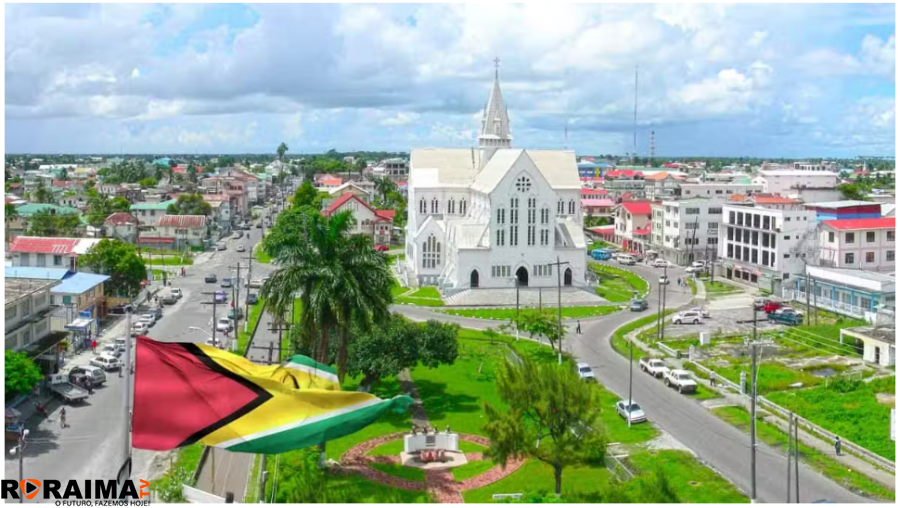
The former British colony of Guyana is experiencing one of the most impressive growth cycles in the contemporary world. Since the start of commercial oil production in 2019, the Caribbean country has seen an economic, social, and urban leap that has deeply changed its structure and attracted investors from across the globe.

With just over 800,000 inhabitants, Guyana has established itself as the fastest-growing economy in South America. Estimates suggest that the country’s discovered oil reserves exceed 11 billion barrels and could reach 17 billion—surpassing even Brazil’s proven reserves.
The most visible sign of this wealth is the transformation of the capital, Georgetown: cranes, infrastructure works, shopping malls, luxury hotels, and gated communities now stand where rice and sugarcane plantations once thrived.
Brothers Shiv and Hemant Misir symbolize this return of talent. After decades living in Canada, they opened a high-end real estate brokerage in Georgetown focused on the emerging middle and upper classes born from the oil boom.
According to the World Bank, Guyana’s GDP per capita jumped from US$6,477 in 2019 to US$18,199 in 2022—more than double Brazil’s. At the same time, the country’s GDP grew by 184% during the same period.
This economic turnaround is also visible through the arrival of international brands: Starbucks, Marriott, Best Western, Dior—previously unimaginable in a country once reliant on subsistence farming and rudimentary mining.
Construction firms from China, India, Austria, and Brazil are competing for infrastructure contracts. The new bridge over the Demerara River is a landmark project: with a US$260 million investment financed by the Bank of China, the construction promises to unlock transportation bottlenecks and further stimulate the local economy.
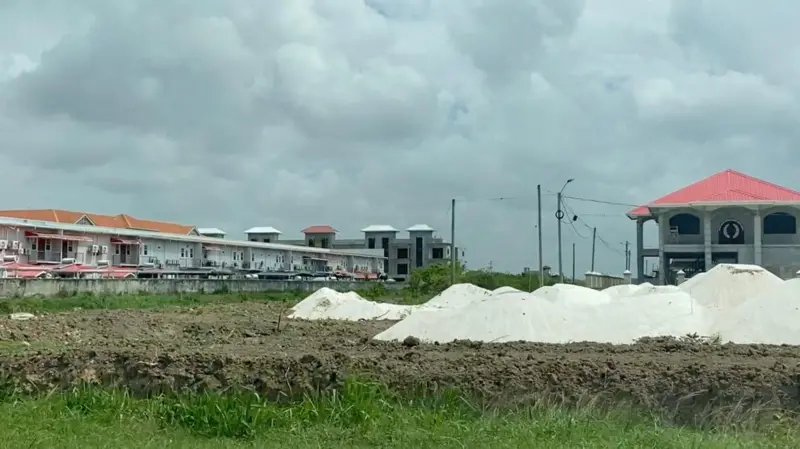
Brazil, though still with a modest presence, is beginning to gain ground. Álya Construtora (formerly Queiroz Galvão) won a contract to build a 121-km stretch of the Lethem-Linden highway, financed by the Caribbean Development Bank.
Yet, not all is smooth progress. The country still grapples with historical social inequalities, a legacy of colonial-era ethnic divisions. According to the government, 40% of the population is of Indian descent, 30% of African descent, 10% Indigenous, and the rest from various other groups.
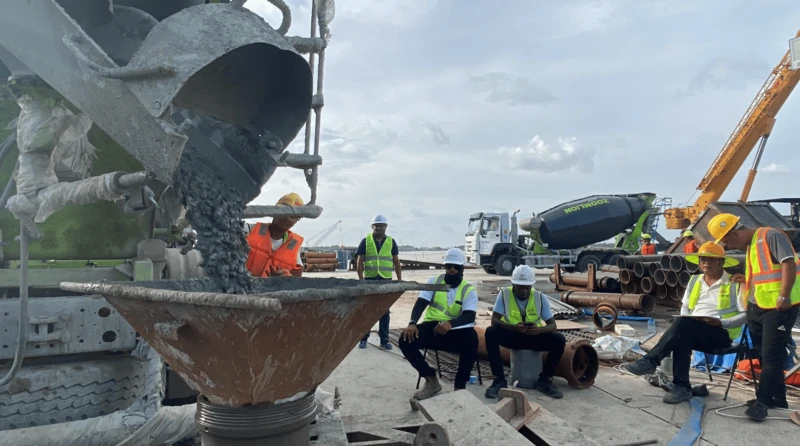
Professor David Hinds, an expert on the Caribbean and African diaspora, notes that the new wealth has primarily benefited families already part of the economic elite, without significantly changing the structural inequality.
Nonetheless, optimism runs high among the urban population. Richard Singh, a luxury car dealer, captures the spirit of the moment: “I feel like Guyana is on the brink of an economic explosion. I want to look back 20 years from now and not believe this was once Guyana.”







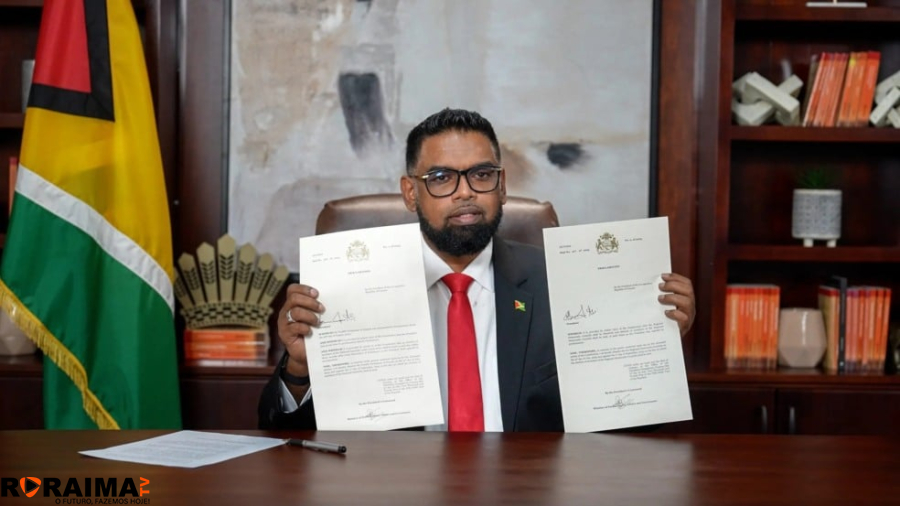
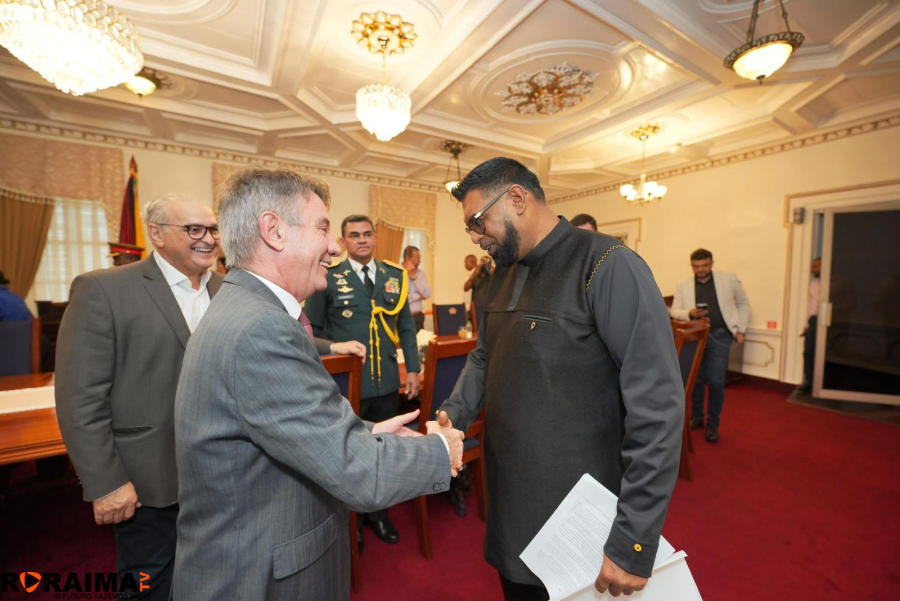
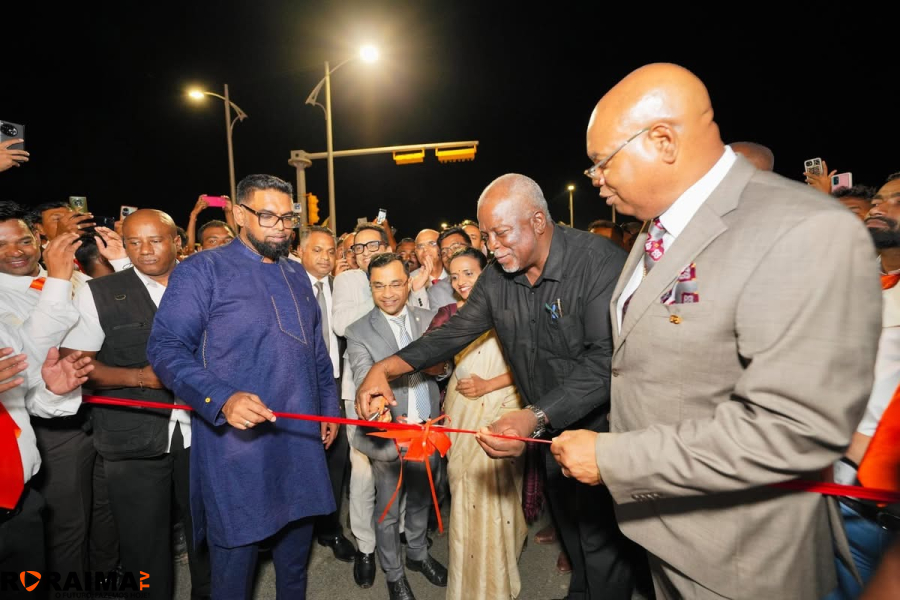








COMENTÁRIOS